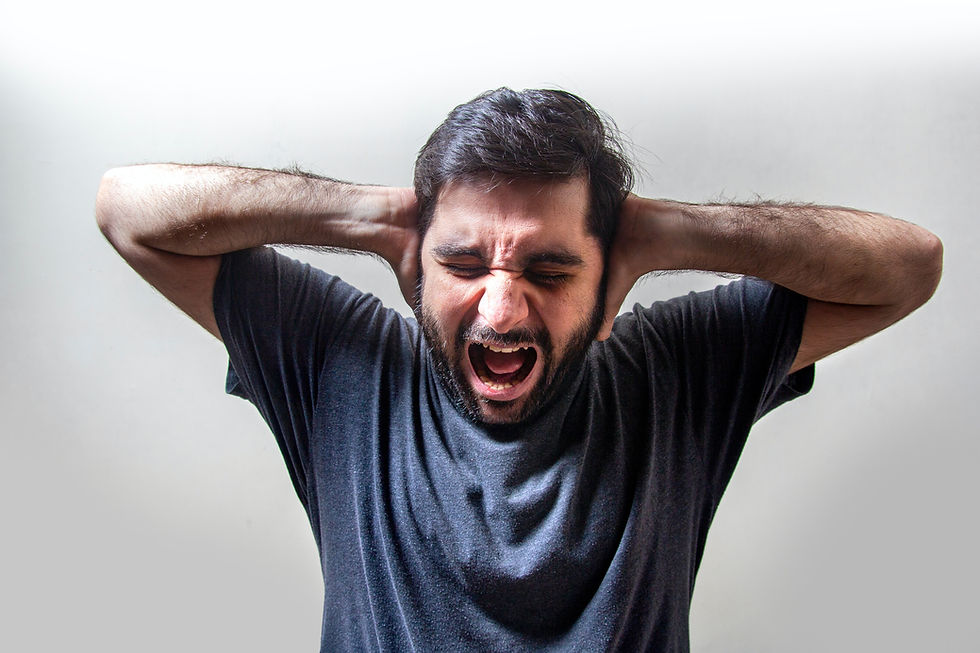Seasonal Affective Disorder - Don't try to tough it out on your own
- Moodfit Staff

- Feb 13, 2017
- 2 min read
Updated: Jan 17, 2022
It's the middle of winter. For many of us that means a lower mood.

Seasonal affective disorder (also called SAD) is a kind of depression that follows the seasons. The most common type of SAD is called winter depression. It usually begins in late fall or early winter and goes away by summer.
About 4 to 6 percent of people may get SAD during the winter. Another 10 to 20 percent may get a mild version of SAD. It strikes women four times more than men. SAD is also more likely the farther north you are. For example, people in Washington state are seven times more likely to get SAD vs people in Florida.
Not everyone with SAD has the same symptoms, but there are common symptoms of winter depression that include:
A drop in energy level
Fatigue
A change in appetite, especially a craving for sweet or starchy foods
Gaining weight
A heavy feeling in the arms or legs
Oversleeping
Difficulty concentrating
Feeling irritable
Increased sensitivity to social rejection
Avoidance being out in social situations
Some factors that are believed to contribute are:
Reduced level of sunlight during the winter months.
A drop in serotonin, a brain chemical that affects mood.
Disruption in the balance of the body's level of melatonin that affects sleep and mood.
It's normal to have some days when you feel down. We all do. But if you feel down for many days at a time, then it's time to see your doctor. It's important to not just dismiss this yearly feeling. Don't try to tough it out on your own.
Treatment for SAD may include light therapy, medications and psychotherapy. Additional things that may help are:

Get more sun. Open blinds and sit closer to bright windows while at home or work.
Get outside more. Try to spend some time outside within two hours of getting up in the morning. A morning walk can be a great winter habit to adopt.
Exercise regularly. Physical activity can help relieve stress and anxiety.
Make healthy choices for meals and snacks. Don't turn to alcohol for relief from feeling down.
Socialize. Make an extra effort to connect with people you enjoy being around.
There's no known way to prevent SAD. However, it's best to take steps as early as possible to help reduce its symptoms.
To learn more about seasonal affective disorder, visit the Mayo Clinic website.



Comments